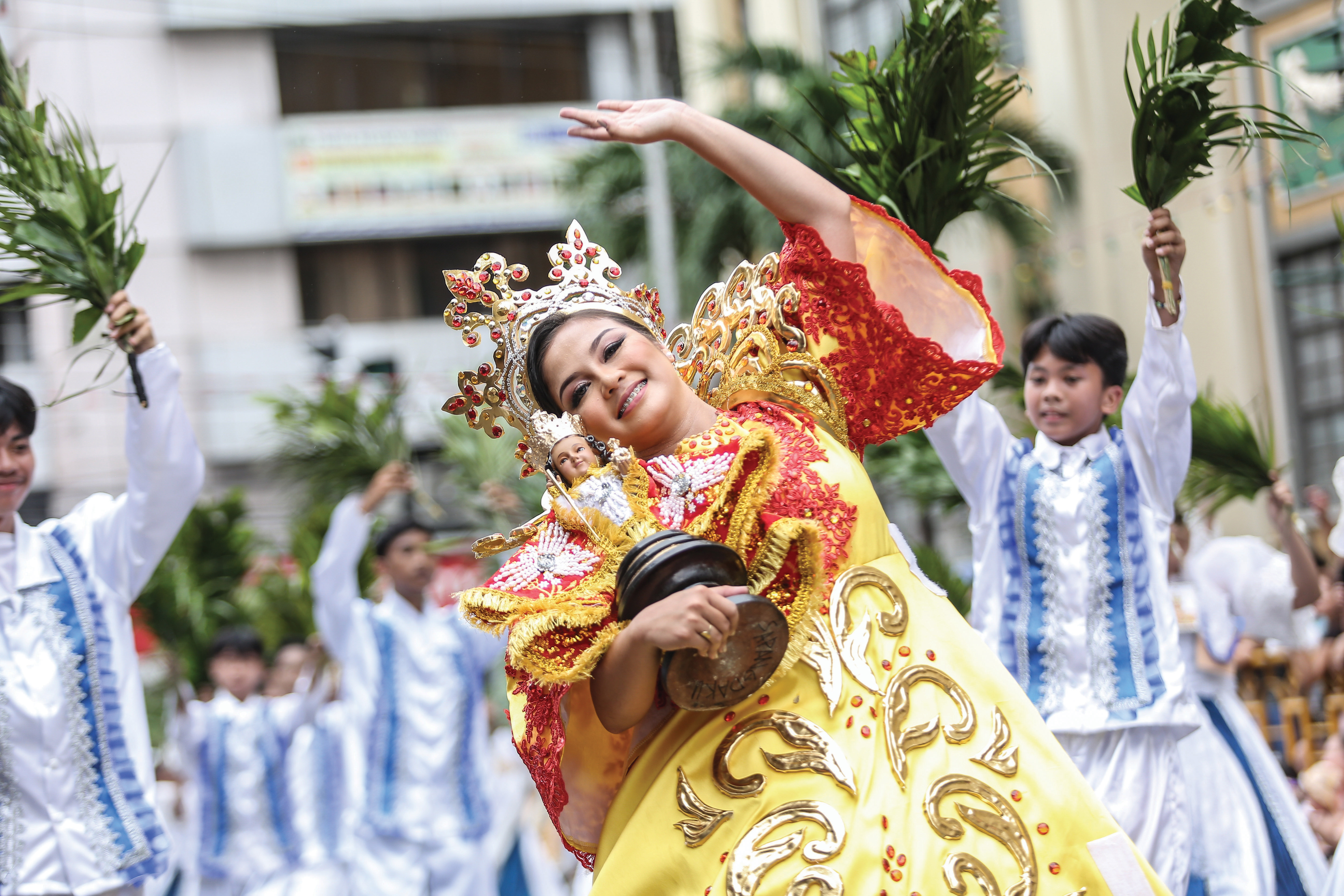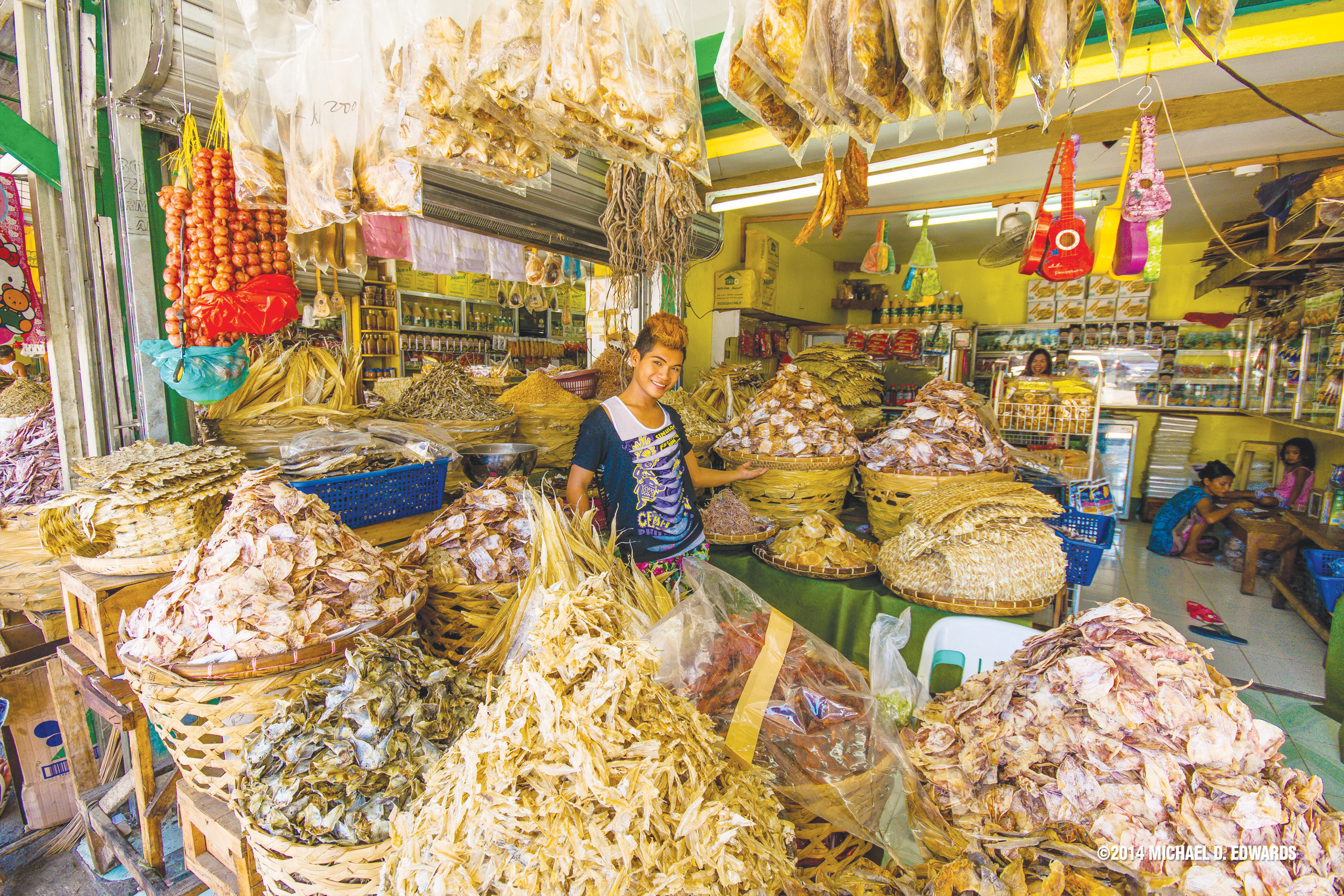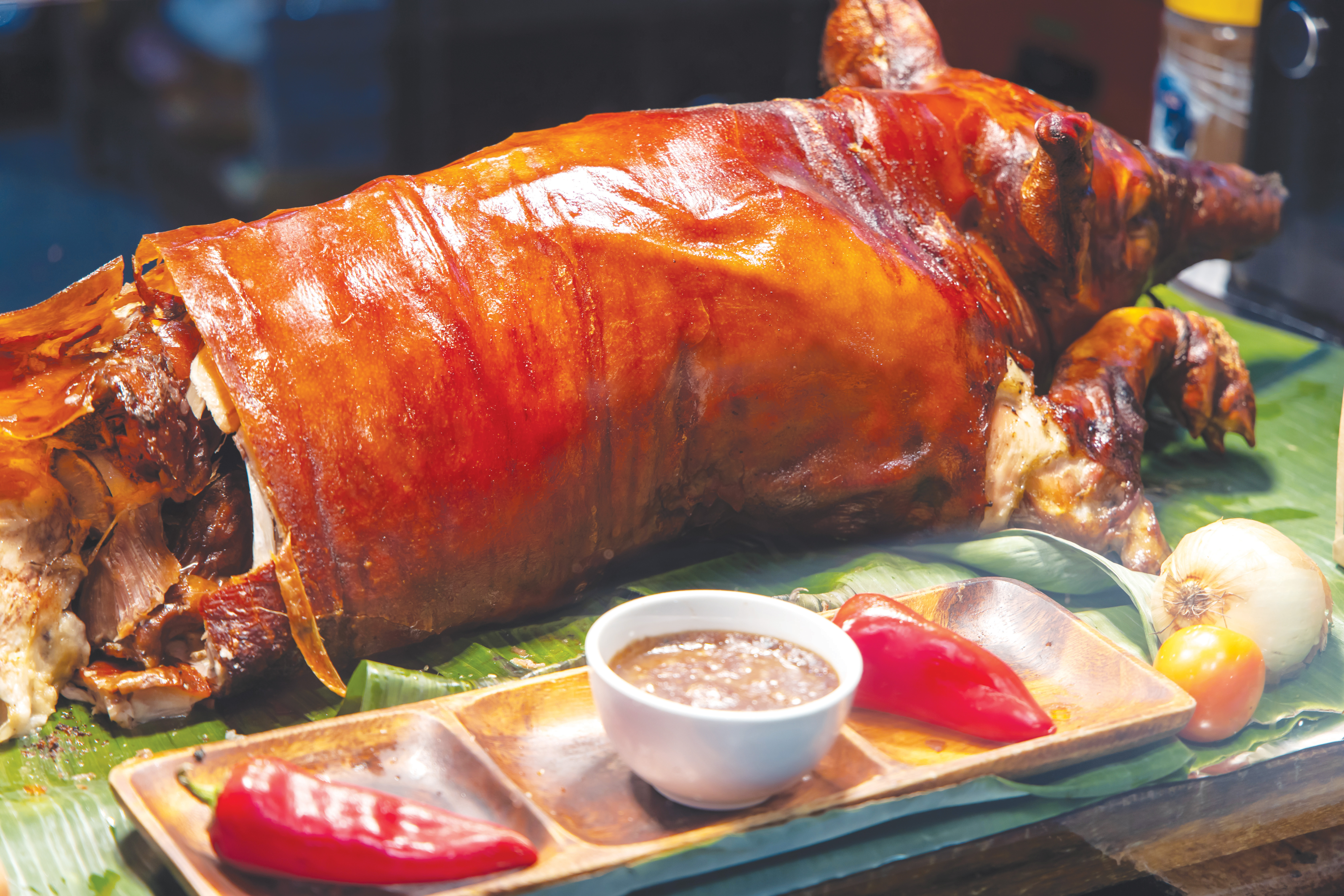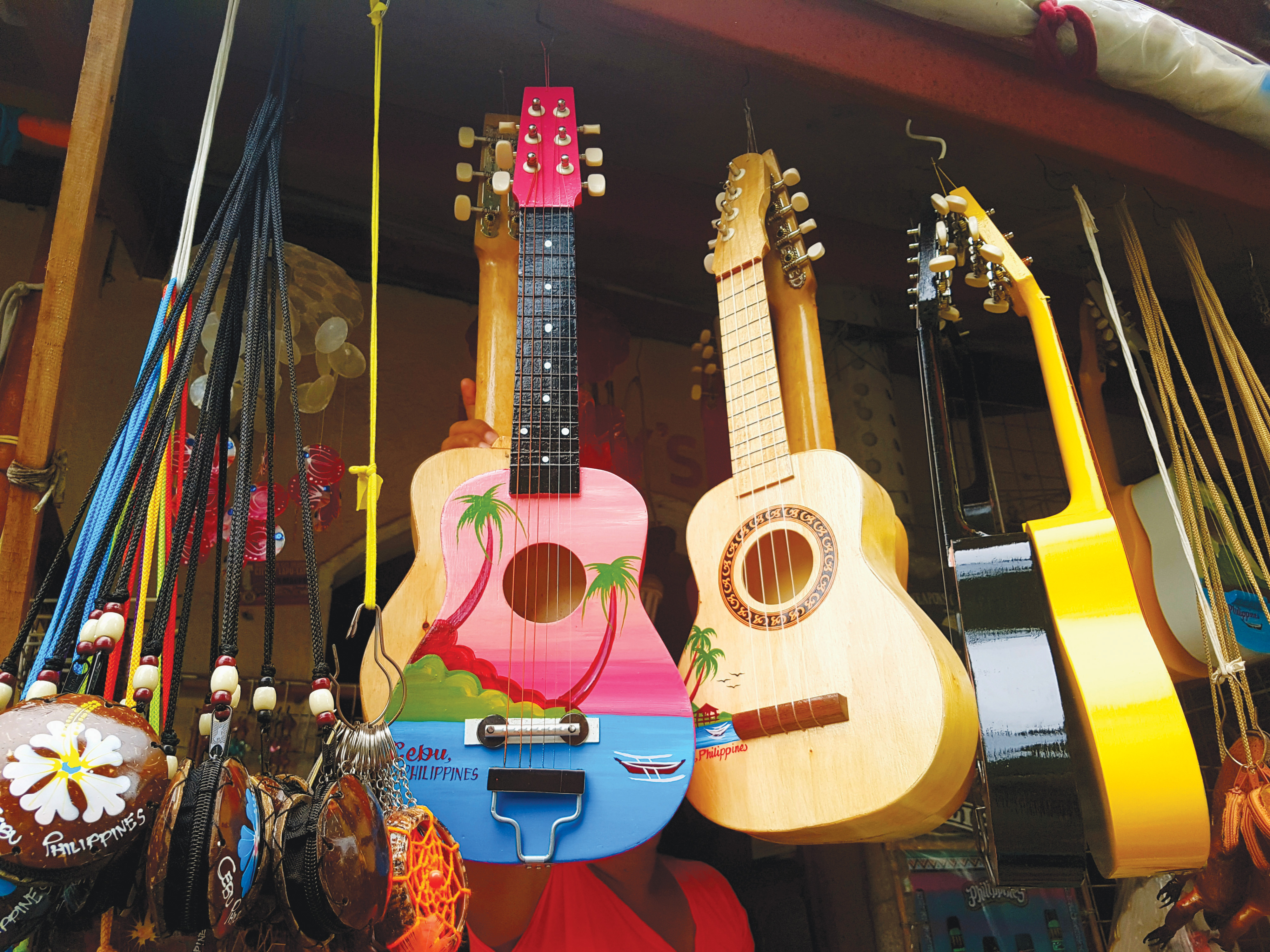Understanding the significance of Sinulog
A vibrant celebration of faith, culture, and color
At A Glance
- Sinulog's roots trace back to the early 16th century when Portuguese explorer Ferdinand Magellan planted the seeds of Christianity in the Philippines
By JACQUELYN LUCERO

In the heart of the Philippines lies a festival that transcends mere celebration—it’s a kaleidoscopic explosion of faith, culture, and unbridled joy. Sinulog, celebrated every third Sunday of January, is the grandest and most anticipated festival in Cebu City. It beckons locals and travelers alike to immerse themselves in a mesmerizing blend of religious fervor and vibrant revelry.
Origins and legends
To truly understand Sinulog, one must dive into its rich history and the legends that gave birth to this dazzling spectacle. The festival’s roots trace back to the early 16th century when Portuguese explorer Ferdinand Magellan planted the seeds of Christianity in the Philippines. It was during this time that a local chieftain Rajah Humabon and his wife Hara Humamay were baptized by Pedro de Valderrama, receiving the gift of the Santo Niño (the Holy Child) and their Christian names Carlos and Juana, respectively.
Legend has it that the Santo Niño, an image of the child Jesus, was found miraculously unharmed amid the ruins of a burned village. This discovery marked the beginning of Sinulog’s spiritual journey, and the festival’s name itself is derived from the Cebuano word sulog, which means “water current” or “flow.”
Religious prelude
Sinulog kicks off with a solemn yet captivating prelude—a fluvial procession. Devotees gather along the shores, bearing images of the Santo Niño, as the revered icon embarks on a boat journey that retraces Magellan’s arrival in 1521. The rhythmic beating of drums and the echoes of prayers fill the air, creating an atmosphere charged with spirituality.
As the sun sets, the festival transforms into a riot of colors, music, and dance. The Sinulog Grand Parade is the pinnacle of the celebration, featuring elaborately costumed contingents from various towns and cities. The streets of Cebu City come alive with a choreographed dance that tells the tale of the Santo Niño’s miraculous discovery and the subsequent conversion of locals to Christianity.
Imagine witnessing a sea of performers clad in vibrant hues, moving to the infectious beat of traditional drums. The Sinulog dance is a mesmerizing display of agility and grace, with intricate steps and hand gestures that pay homage to the festival’s historical roots. Spectators are not merely onlookers. They are swept into the rhythm, their spirits lifted by the collective energy of the crowd.

Pit Señor!
“Pit Señor!”—the Sinulog battle cry resonates through the air. It’s an exclamation that encapsulates the fervent spirit of the festival. The phrase, a contraction of “Sangpit sa Senyor” (Call upon the Lord), is both a declaration of faith and an invitation to partake in the revelry. Locals and tourists alike shout this phrase with gusto, becoming part of a united chorus that transcends language barriers.
Sinulog extends beyond the grand parade, offering a plethora of activities and events throughout the festival. Streets are lined with stalls selling local delicacies, crafts, and trinkets. Traditional games and street parties abound, creating an infectious festive spirit that permeates every corner of Cebu City.

Indulging in Sinulog isn’t limited to the visual and auditory senses. It’s a feast for the taste buds as well. Cebuano cuisine takes center stage, showcasing a delectable array of dishes. From the famous lechon Cebu (roast pig) to the sweet and tangy dried mangoes, the food mirrors the festival’s diversity and leaves a lasting impression on palates.

Global stage, local flavor
Sinulog’s magnetic pull extends far beyond the shores of the Philippines. Travelers from around the globe make pilgrimages to Cebu City to witness this extraordinary celebration. The infectious energy, the vibrant colors, and the palpable spirituality create an unforgettable experience that lingers in the hearts of those fortunate enough to partake in the festivities.
As Sinulog continues to evolve, embracing contemporary influences while preserving its cultural essence, one can’t help but wonder about its future. Will it remain a timeless tradition, passed down through generations, or will it morph into something entirely new? Regardless of what the future holds, one thing is certain—Sinulog will continue to captivate hearts and minds, transcending boundaries and uniting people in a celebration that is as unique as it is universal.

In the grand narrative of the world’s festivals, Sinulog stands as a testament to the Philippines’ indomitable spirit. It’s a celebration of faith, a showcase of cultural pride, and an invitation to dance with abandon. So, as the drums echo through the streets and the colors swirl around you, let go of inhibitions and join the chorus— Shagit ug Kusog! “Tayo ng mag Sinulog, kitang tanan mag Pit Señor!”